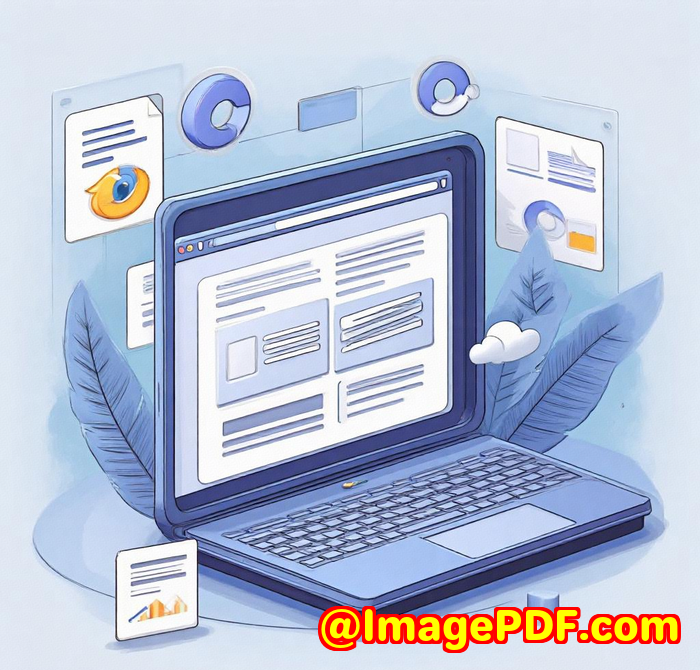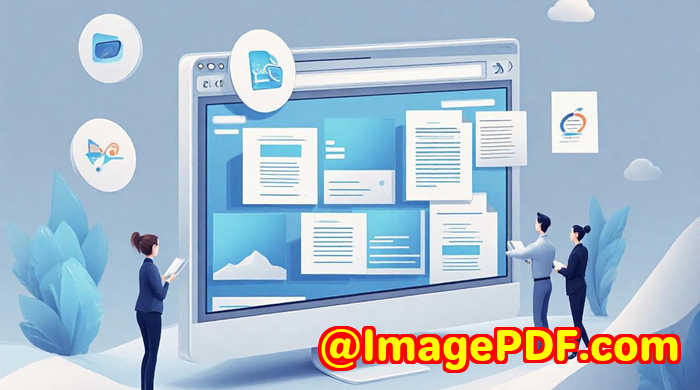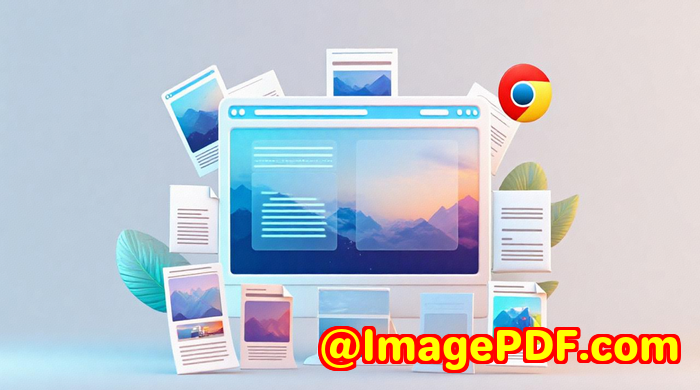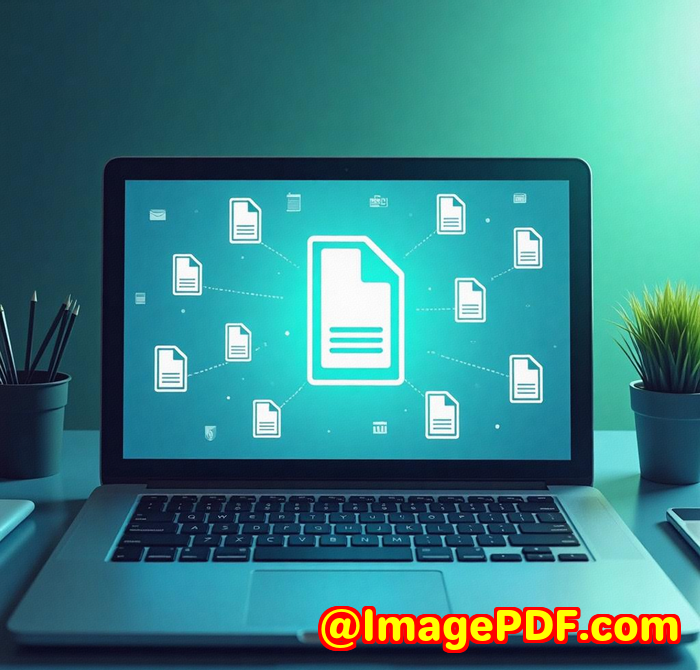How to Use VeryPDF Screenshot API to Automate Visual Capture and Reporting for Government Transparency Projects
How to Use VeryPDF Screenshot API to Automate Visual Capture and Reporting for Government Transparency Projects
Meta Description:
Need website screenshots for public reporting or audits? Discover how I automated captures for a government project using VeryPDF Screenshot API.
Every time a new government update went live, I had to manually take screenshots, resize them, rename them, archive them, and report on them.
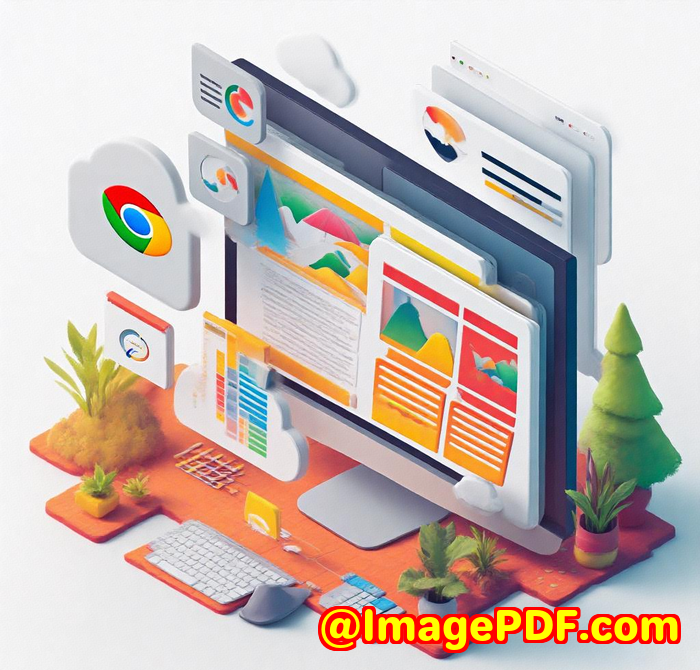
It was chaos.
There'd be new programme listings, budget breakdowns, department-level revisionseach published across separate websites. And our team had to visually capture everything as part of a transparency audit.
I was spending hours every week just taking screenshots.
Worse, I'd miss a detail, or the page wouldn't fully load before capture.
We tried browser extensions. We tried open-source tools.
They broke. They were inconsistent. And they couldn't scale.
That's when I stumbled across VeryPDF Website Screenshot API for Developers. Within minutes, I had automated screenshot capture for over 50 government web pagesdaily.
Here's how it went.
What's the VeryPDF Website Screenshot API?
It's a cloud-based tool built for developers who need automated, high-quality screenshots of web pages.
Unlike browser tools or flaky extensions, this thing is built on Chrome, runs on AWS Lambda, and supports bulk captures, responsive rendering, ad blocking, and even PDF exports.
I'm talking about:
-
Full-page screenshots
-
Mobile-specific captures
-
Retina display quality
-
Format flexibility: JPG, PNG, PDF, WebP
-
Built-in timing to wait until the page is fully loaded
And it's all controlled via API.
No UI to babysit. Just simple, reliable automation.
Who Should Use It?
If you're:
-
In government or NGO reporting
-
Handling visual documentation for audits
-
A developer needing mass screenshot automation
-
Working on SEO/website monitoring
-
Managing website archives or change-tracking
...this tool's for you.
It's fast, scalable, and doesn't break under pressure.
In my case, I was managing a transparency compliance task for a city council. That meant daily documentation of over 50 web pagespolicy updates, open data posts, infrastructure reportseverything.
I couldn't afford missing a pixel.
Why I Picked This Over Other Tools
Look, I tried them all:
-
Puppeteer: powerful, but bloated. Needed babysitting.
-
PhantomJS: outdated. Constant rendering issues.
-
Chrome Extensions: forget it. No scale. No control.
-
Screenshot-as-a-service startups: expensive, often limited.
VeryPDF's Screenshot API just worked.
Here's why it crushed the others:
1. Instant Setup, Clean Documentation
Seriously, I was up and running in under 5 minutes.
No SDK download. No bloated libraries.
I just generated my API key, dropped in this URL:
Done.
Need it in PNG or PDF?
Just change the file extension in outfile.
Need a custom size?
Add --width=1920&--height=1080.
Simple.
2. Handles the Heavy Lifting for You
Ever hit a site with lazy loading? Or endless JavaScript?
That's where 90% of screenshot tools fail.
But VeryPDF? It waits.
Thanks to automatic capture timing, the API won't take a shot until the page is fully loaded.
And yeseven HTML5 videos, dynamic fonts, SPAs, cookie banners, all handled.
You can even block ads and hide popups.
For example, on one budget transparency site, a cookie banner always covered the header.
I just added: --no-cookie-banner
Gone.
Magic.
3. Pixel-Perfect Quality on Any Device
Sometimes I needed mobile versions. Sometimes I needed 4K.
The API lets you simulate any viewport, device pixel ratio (@2x, @3x), and resolution.
For a responsive design check across 10+ department sites, I looped:
-
Desktop: 1920x1080
-
Tablet: 1024x768
-
Mobile: 375x812 (iPhone X style)
No inconsistencies. Every pixel matched.
That level of control? It saved my audit.
4. Scales Like a Beast
This isn't some hobby project.
The API handles millions of screenshots a month.
I ran a cron job to auto-capture screenshots at 2 AM daily. Over 1,400 screenshots per week. No throttling. No missed jobs.
When you're working with time-sensitive records, that reliability is gold.
5. Export to S3 or JSON Smooth Reporting Flow
This was clutch.
I connected the output directly to our S3 bucket, auto-renamed files with timestamps, and had a weekly snapshot archive across all government data pages.
No downloads. No manual transfers.
Reporting to management became a simple task: link them to the S3 folder.
Best Use Cases (Not Just for Government Work)
-
Website change tracking: For compliance, marketing, or competitive research
-
SEO agencies: Capture visual data of SERP pages
-
DevOps: Visual monitoring of front-end services
-
Education: Archiving and versioning course sites
-
Legal: Time-stamped site captures for evidence or claims
Anywhere you need visual proof at scale, this tool shines.
Here's What Changed for Me
Before:
Manually capturing screenshots across 50+ sites.
Hours wasted every week.
Inconsistent results.
After:
-
One cron job.
-
One API key.
-
One automated workflow.
And I now deliver full, timestamped reports without lifting a finger.
Final Thoughts: Should You Use It?
If you've ever wanted a tool that just takes perfect screenshots, on demand, at scaleVeryPDF's Screenshot API is it.
I'd recommend this to anyone working in public records, compliance, archiving, or reporting.
It's battle-tested, dead simple to use, and can be customised to handle even the weirdest requirements.
Start your free trial now and take your first 100 screenshots for free.
Click here to try it out for yourself
Custom Development Services by VeryPDF
Need something tailor-made?
VeryPDF offers custom software development to match your technical challenges, across Windows, Linux, Mac, and cloud environments.
Whether you need:
-
PDF processing
-
Printer driver hooks
-
Custom screenshot utilities
-
OCR, barcode reading
-
Document parsing for complex formats (like PRN, PCL, EPS)
-
Real-time print job capture
-
Font embedding or PDF security
They've done it.
From Python and C# to JavaScript and .NET, their dev team builds custom tools that plug directly into your infrastructure.
Want your own API that takes screenshots, saves them to your FTP server, and emails a report? They can build that.
Need a high-volume cloud screenshot service with regional IP rotation and GDPR compliance? They've done it before.
Get in touch via their support portal:
http://support.verypdf.com/
FAQs
What file formats does the VeryPDF Screenshot API support?
You can output screenshots in JPG, PNG, PDF, or WebP. Choose what fits your workflow.
Can I take screenshots of mobile versions of sites?
Yes. You can set custom viewport sizes to simulate phones, tablets, and more.
Does it support full-page screenshots including lazy-loaded elements?
Absolutely. It waits for pages to load fully before taking the shoteven dynamic content.
How many screenshots can I capture per month?
The API is built to scale. You can start with 100 free shots, and scale to millions with enterprise plans.
Can I export screenshots directly to cloud storage?
Yes. VeryPDF supports S3 integration and direct download URLs.
Tags/Keywords
screenshot automation
web page to image API
government transparency screenshots
visual compliance reporting
VeryPDF Screenshot API
website monitoring automation
bulk web screenshot tool
html to png pdf api
